
RSS-Feed der Bay. Landesanstalt für Wald und Forstwirtschaft abonnieren
So verpassen Sie keine Neuigkeiten mehr. Unser RSS-Feed "Nachrichten der Bayerischen Landesanstalt für Wald und Forstwirtschaft" informiert Sie kostenlos über unsere aktuellen Beiträge.
Silviculture and mountain forests
As a central element of sustainable forest management, silviculture in the lowlands and mountains has the task to look after existing forests and cultivate new forests. Taking into account all forest functions, the aim is to achieve the highest possible long-term yield and at the same time to improve the stability of forest stands against abiotic and biotic hazards.
Silvicultural action requires, in addition to a particularly long-term thinking, a fundamental understanding of the processes in the forest ecosystem. It includes all management actions and is the key to the development of sustainable, economically and ecologically balanced forest stands. Silviculture pursues the goal of securing and improving the growth and stability of forest stands.Our topics
Silviculture
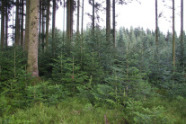
Modern Silviculture forms the key to the development of sustainable, economically and ecologically balanced treatment concepts for our local forests. The focus here is - triggered by climate change - on the conversion of spruce-dominated forests into more stable and sustainable mixed forests with an increased proportion of deciduous trees in the future.
Silviculture training
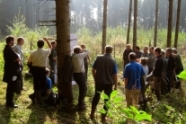
The foresters of the Bavarian Forestry Administration are sought after contact persons for the forest owners. The quality of this advice is therefore of the utmost importance. Specialised forestry trainers pass on the expertise accumulated at the Forestry Center here in Weihenstephan to those foresters, in order to make Bavarian private and communal forests fit for climate change in cooperation with forest owners.
Trial cultivation with non-native tree species
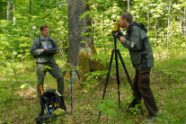
As climate change will be a big challenge to several native tree species, it is the task of silviculture to consider which non-native tree species can participate in future forests. Special attention is given to tree species that already get along well in climatic conditions, as they are predicted for our forests in future. On trial areas, precisely such tree species are examined.
Forest nature reserve
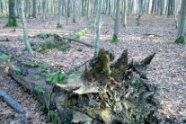
We investigate the forest structure and its dynamics in natural forest reserves. Small sections of the respective forest nature reserves are compared with representative areas. The aim of these investigations is to gain a deeper understanding of the natural processes of development in forests. From this we can derive recommendations for close to nature silviculture.
Natural hazards and protection forest management
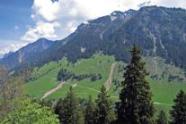
Natural hazards such as floods, mudslides, rock falls or avalanches can cause considerable damage. Forests, especially mountain and protective forests counteract these natural hazards. We investigate the contribution of forests to the preventive protection against natural hazards. Maintaining these protective functions is the task of protection forest management.



